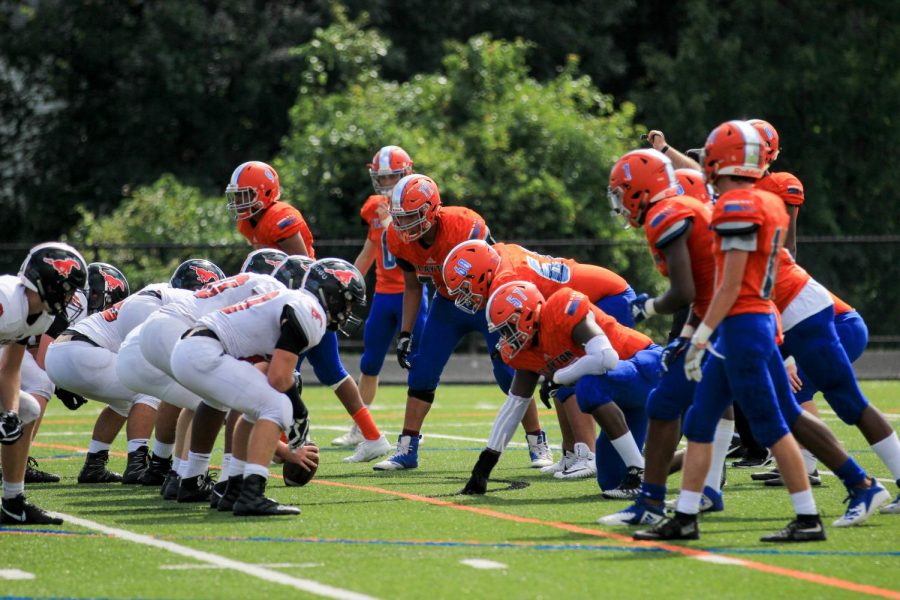Second impact syndrome, or SIS, occurs when a concussed person receives a second impact to the brain and can result in rapid swelling and potentially lifelong negative effects. This commonly occurs to athletes who are released back into play before they fully recover from concussions.
“When you’re doing an evaluation for a concussion, you ask when their last concussion was, if they’ve had one, and another big question is to ask how long it took for them to recover from that concussion, because once you do sustain a concussion, each time after, the recovery time is longer,” Saunders said.
ImPACT (Immediate Post-concussion Assessment and Cognitive) testing was developed in 2002 and is the most widely-used computerized concussion evaluation system in the nation. It is designed specifically for use alongside other tests, and never alone.
The test is administered to student athletes at the beginning of their season, where it determines a baseline for their cognitive ability. It is administered again after a concussion has been diagnosed, and given time to recover to determine if the athlete has returned to their baseline. If they have, then they are allowed to return to play; if they are not they remain on the sidelines.
The test itself cannot determine if an athlete has a concussion, or diagnose it. According to Saunders, it is more useful for determining when an athlete can return to the field.
“Of course [ImPACT testing] is a tool, so it’s not like the end-all be-all, it doesn’t mean that if you’re even with your baseline then you’re good to go. We use it as another tool for helping assess when [players] are ready to return to play,” Saunders said.
Impact testing costs $15 per individual test to administer before the season. After a diagnosed concussion, retaking the test costs another $30. The tests can also be bought at a group rate for a slight discount.
A study conducted in 2007 by the University of Illinois determined that the test had less reliability and usefulness than what would be accepted. Out of the 100 people who they tested, and then retested using the ImPACT test, the correlation between initial and final scores ranged from 0.15 to .39, where 0 represented no correlation and 1 represented complete correlation. This compares to the usual accepted correlation, a minimum of 0.75. Other reports show that there have been cases where ImPACT testing failed to detect concussions.
Unfortunately, the tests to diagnose and determine the severity of concussions are widely unreliable. Baseline testing has been accepted as one of the most reliable and useful tools when determining return to play, although no test can give an accurate diagnosis every time.

